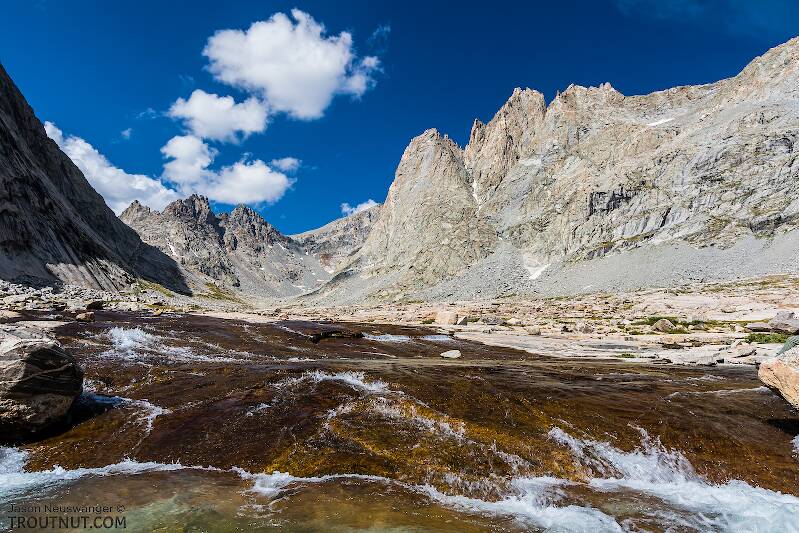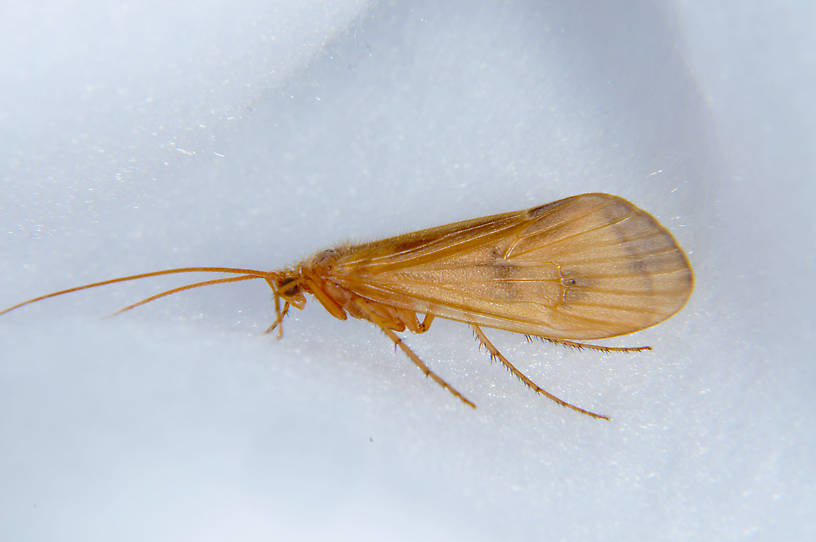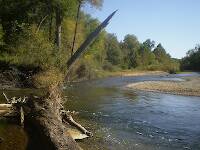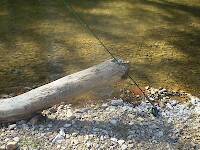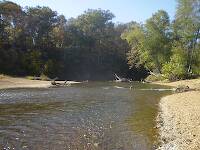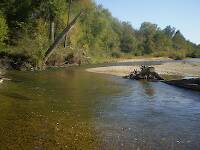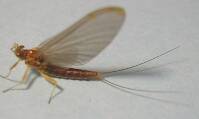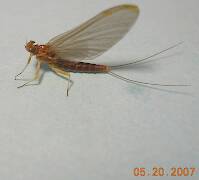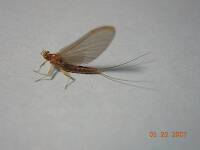
Blue-winged Olives
Baetis
Tiny Baetis mayflies are perhaps the most commonly encountered and imitated by anglers on all American trout streams due to their great abundance, widespread distribution, and trout-friendly emergence habits.
Featured on the forum

This specimen keys pretty easily to Onocosmoecus, and it closely resembles a specimen from Alaska which caddis expert Dave Ruiter recognized as this genus. As with that specimen, the only species in the genus documented in this area is Onocosmoecus unicolor, but Dave suggested for that specimen that there might be multiple not-yet-distinguished species under the unicolor umbrella and it would be best to stick with the genus-level ID. I'm doing the same for this one.

Troutnut is a project started in 2003 by salmonid ecologist Jason "Troutnut" Neuswanger to help anglers and
fly tyers unabashedly embrace the entomological side of the sport. Learn more about Troutnut or
support the project for an enhanced experience here.
Updates from October 4, 2011
Updates from October 4, 2011
Closeup insects by Bnewell from the Touchet River in Washington
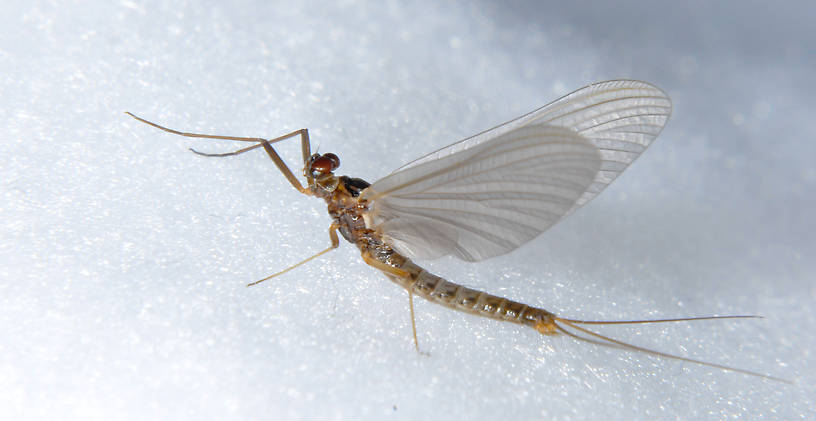
You wonder sometimes how certain insects get their common names. This one is called the 'mahogany dun' for some unknown reason.
Comments / replies
Entoman on Oct 6, 2011October 6th, 2011, 9:09 am EDT
Hi Bob,
Yeah, I agree with you that Blue Quill (defined as a dun hackled, peacock quill bodied fly) is a better handle for this specimen. As to why it's stuck with the name Mahogany Dun, I'm afraid it is a victim of lumping as important species of leptophlebiids are mahogany colored. Important baetids go by the name Blue-Winged Olive in spite of having brown bodies for the same unfortunate reason.
Regards,
Kurt
You wonder sometimes how certain insects get their common names. This one is called the 'mahogany dun' for some unknown reason.
Yeah, I agree with you that Blue Quill (defined as a dun hackled, peacock quill bodied fly) is a better handle for this specimen. As to why it's stuck with the name Mahogany Dun, I'm afraid it is a victim of lumping as important species of leptophlebiids are mahogany colored. Important baetids go by the name Blue-Winged Olive in spite of having brown bodies for the same unfortunate reason.
Regards,
Kurt
"It's not that I find fishing so important, it's just that I find all other endeavors of Man equally unimportant... And not nearly as much fun!" Robert Traver, Anatomy of a Fisherman
Quick Reply
Related Discussions
Topic
Replies
Last Reply
3
Nov 23, 2018
by Brian314
by Brian314
3
Mar 30, 2012
by Entoman
by Entoman
5
May 10, 2011
by Flatstick96
by Flatstick96
3
Feb 12, 2009
by Creno
by Creno
Re: Lots of new pictures to check out, coming online tonight/tomorrow
In General Discussion by Troutnut
In General Discussion by Troutnut
1
Oct 4, 2006
by Dinerobyn
by Dinerobyn

